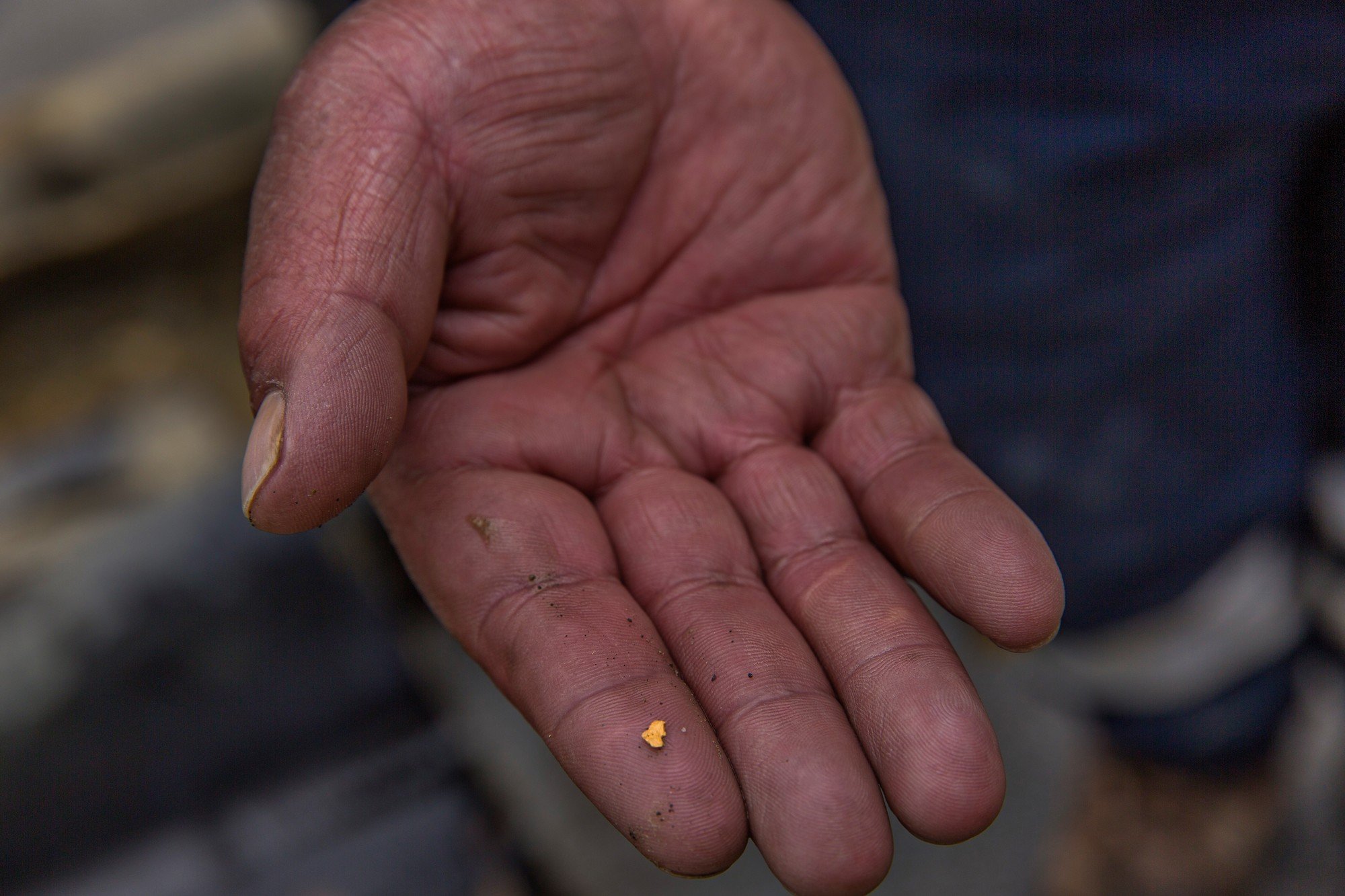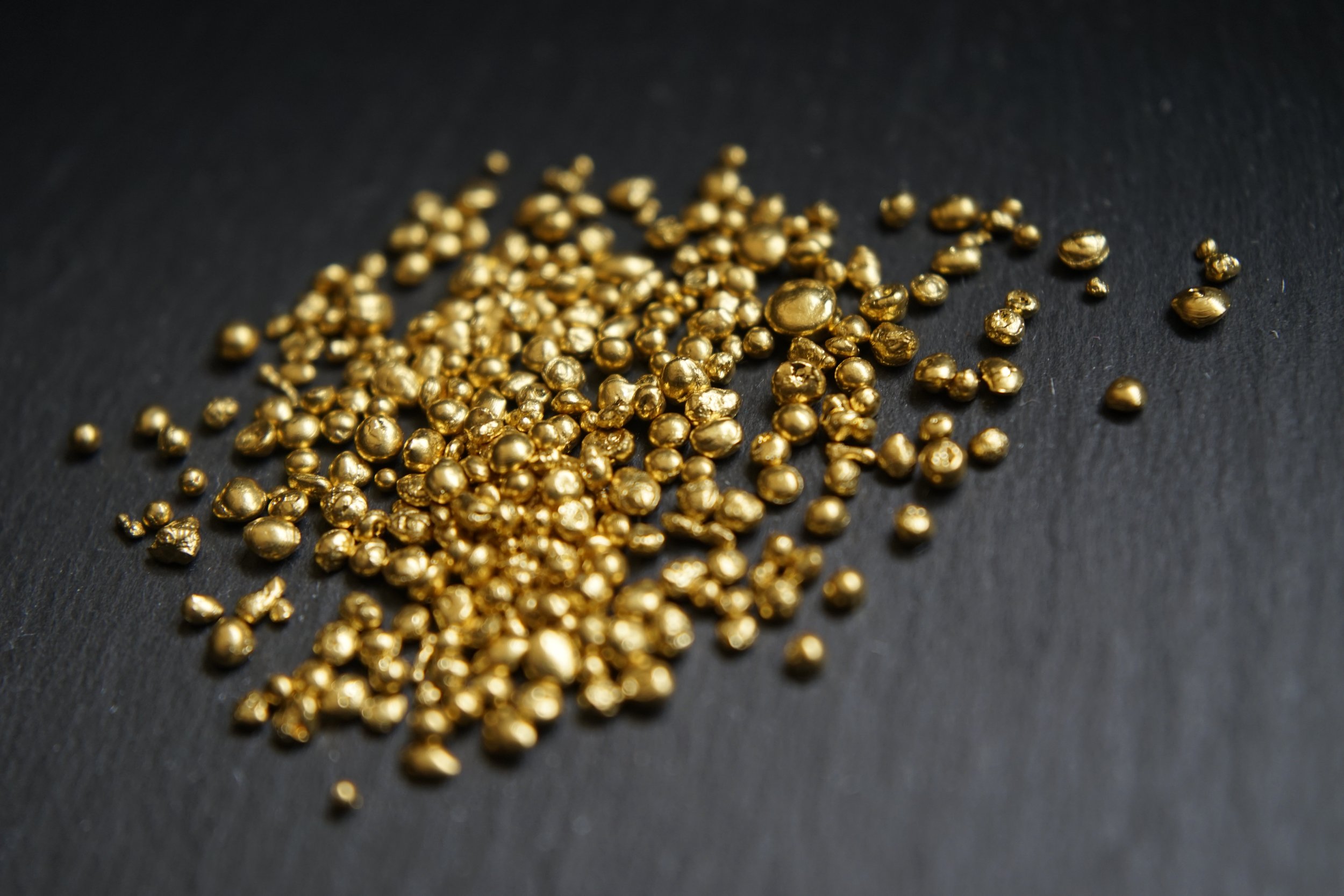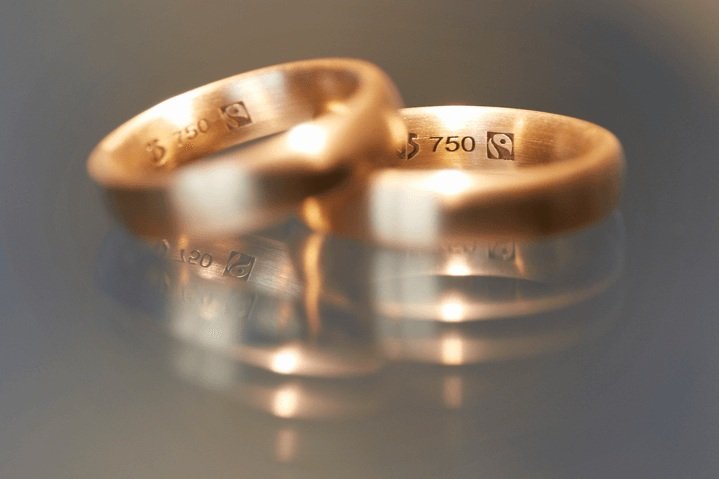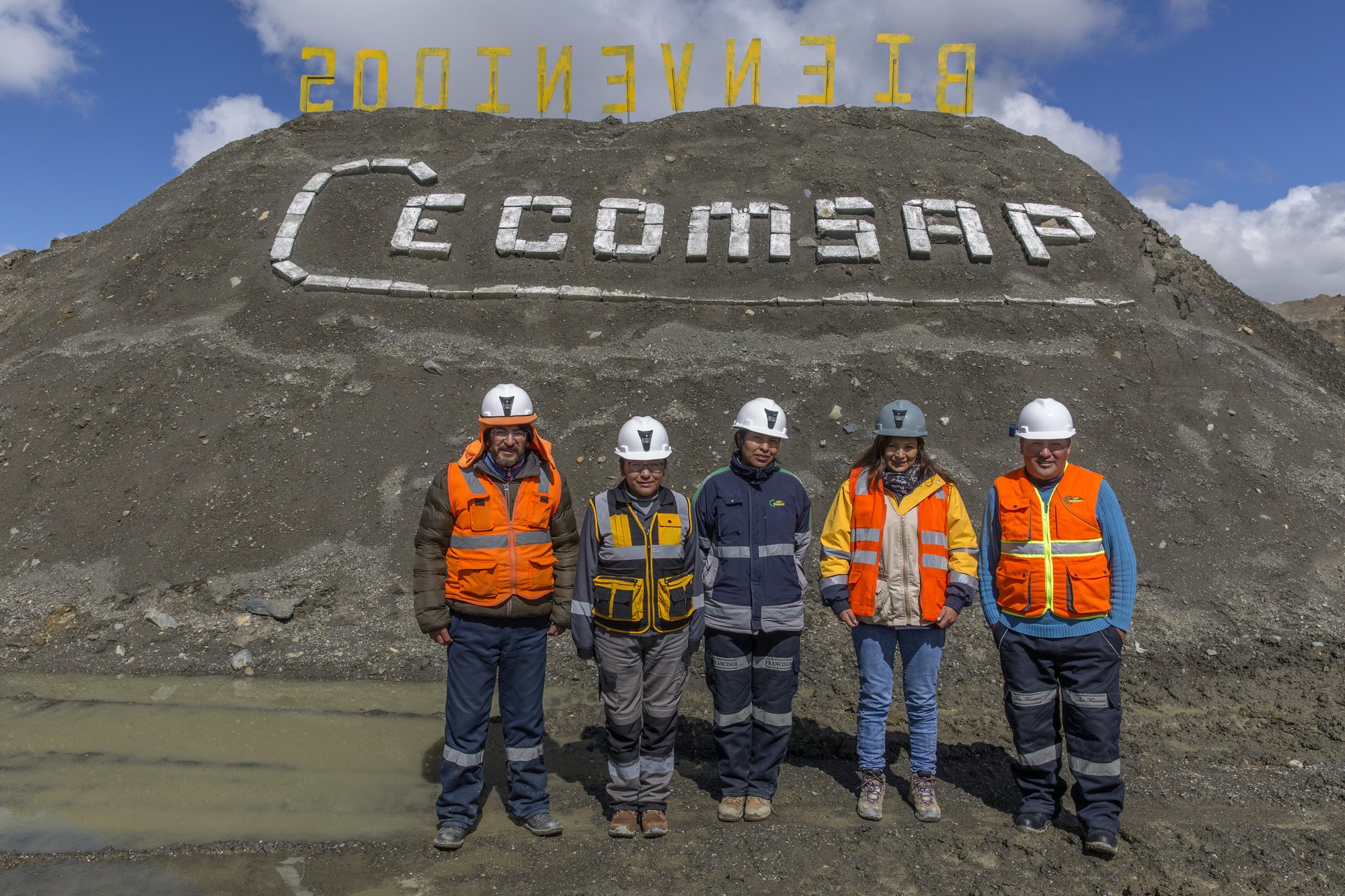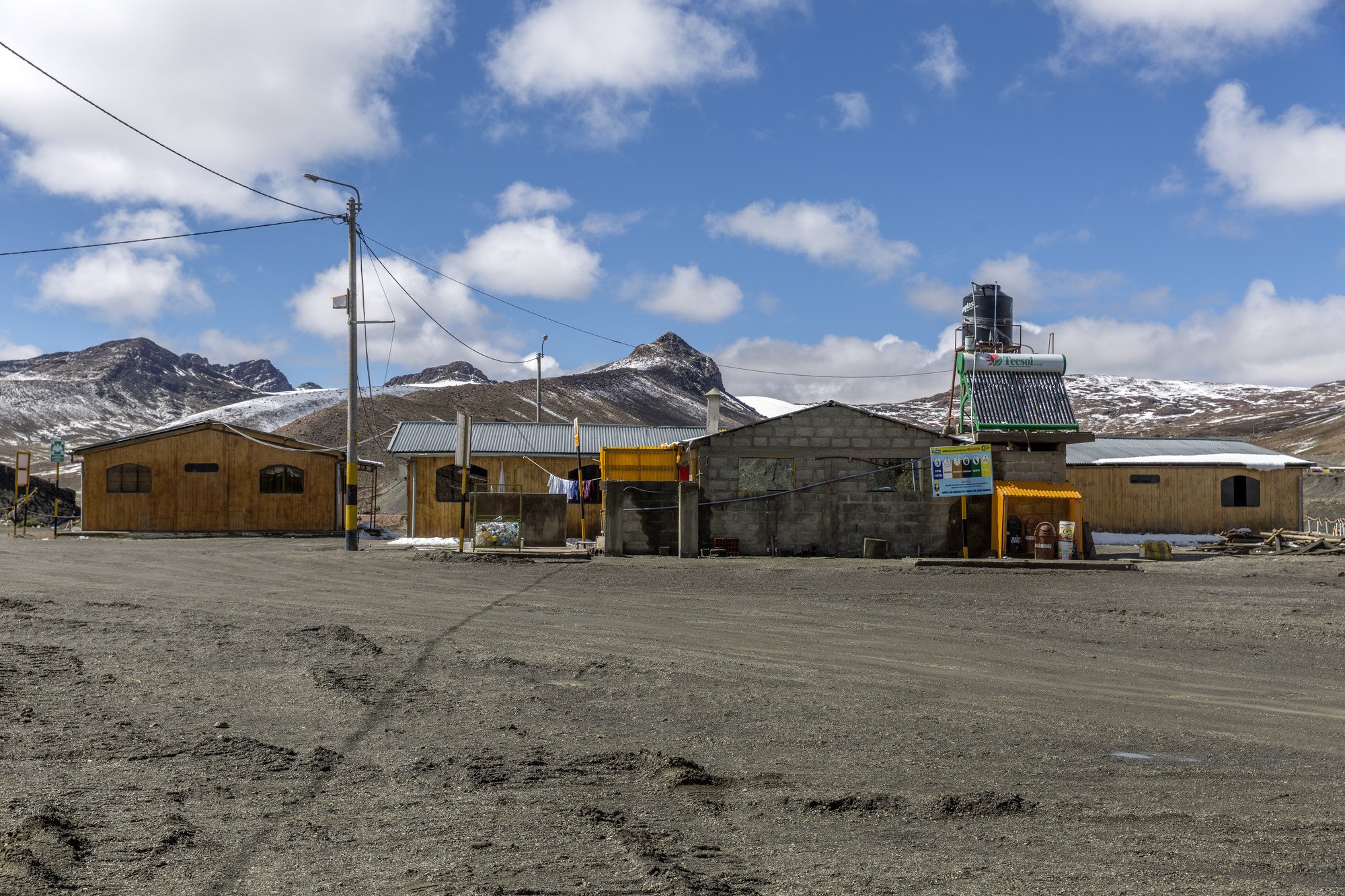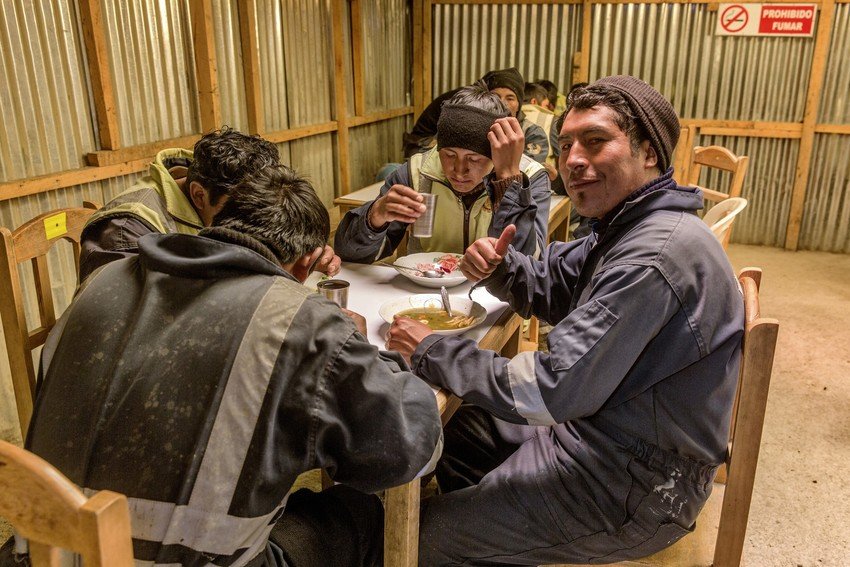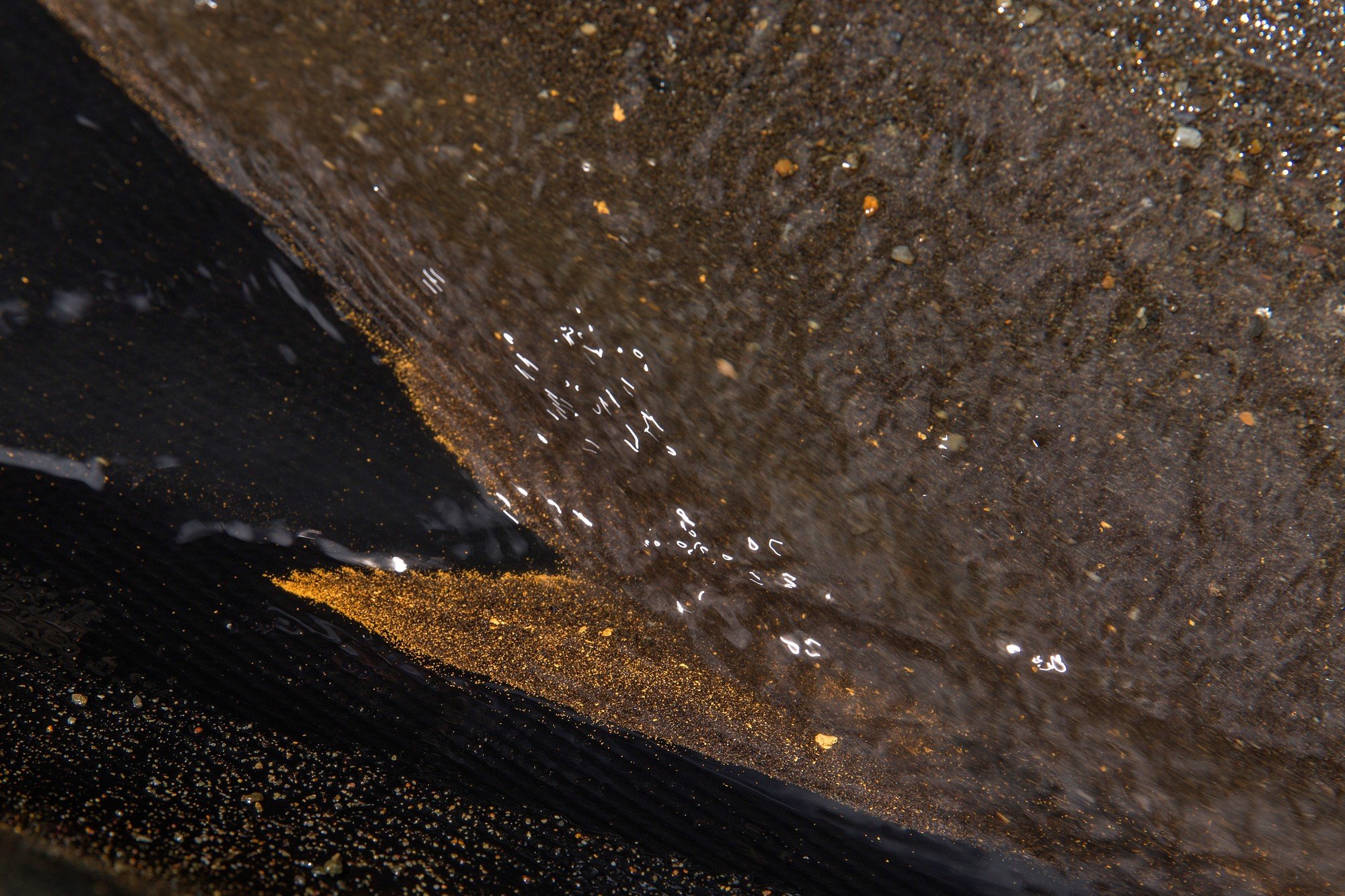Material Investigations | Fairtrade Gold
The Fairtrade Foundation, founded in 1992, is a charity based in the UK that works internationally to develop certification schemes for not only a vast range of grocery products on supermarket shelves, but also for gold. The Fairtrade Mark has developed a society-wide reputation to guarantee that products have been produced in accordance with internationally agreed Fairtrade standards. To find out more about Fairtrade gold, we asked Hannah Dunne, Sustainable Sourcing Manager at the Fairtrade Foundation the following questions.
This blog is part of our Material Investigations: Gold series that investigates options for sourcing traceable gold through Q&A style articles. The Scottish Goldsmiths Trust does not verify any of the claims made by interviewed suppliers but instead aims to introduce diverse types of traceable gold available to purchase, allowing you to make further enquiries to inform your metal sourcing. For more information read the series introduction below:
What is Fairtrade certified gold and where does it come from?
Fairtrade gold is sourced exclusively from small-scale and artisanal mines which meet the Fairtrade Gold Standard, the first independent ethical certification model for gold, tackling unfair pay and dangerous work conditions, and promoting environmental protection and health and safety. Workers in Fairtrade certified mines receive a guaranteed Fairtrade Minimum Price and are audited by FLOCERT to ensure they meet the Gold Standard. The Fairtrade Gold Standard is now over 10 years old, and there are currently 13 Fairtrade certified mines located in Peru.
How and by whom is Fairtrade gold typically mined, and how has Fairtrade certified gold impacted mining communities and their local environment?
An estimated 100 million people worldwide rely on small-scale mining to support their families and communities. These communities are generally made up of individuals and small groups of people who extract gold from the ground with minimal or no machinery. Working conditions are often dangerous with devastating environmental impacts. They can face poverty and many lack access to basic sanitation, healthcare, or education. Child labour is also common.
For miners in Fairtrade certified gold mines, the situation is different. Tackling unfair pay and dangerous working conditions, Fairtrade gold has strict requirements on pricing, health and safety, handling chemicals, and environmental protection. Workers in Fairtrade certified mines receive a guaranteed Fairtrade Minimum price of 95% LBMA for their product as well as an extra sum of money on top, called the Fairtrade Premium, which is invested into social, environmental, and economic development in their communities.
Miners decide themselves how to spend the Premium. It has been used to invest in new accommodation and sanitary facilities for miners, work clothes for employees, technical equipment to reduce their dependence on mercury, and medical care. The MACDESA mine in Peru has invested in the future of the wider community by contributing to salaries of teachers in the local district and constructing upgraded accommodation. The Fairtrade Premium also builds resilience to sudden shocks, such as the Covid-19 pandemic. For instance, Fairtrade artisanal gold miners in Peru used Premium funds to invest in community supplies such as masks, sanitisers and emergency food supplies.
Gold-rich soil is dug at the mining cooperative Limata, Peru. Photo credit: Eduardo Martino
What would you consider are the key distinctions of Fairtrade certified gold in comparison to other traceable gold initiatives?
Fairtrade is known not just as a certification scheme, but a civil society movement. It is the world’s most widely recognised ethical label, spearheaded by groceries like coffee and bananas. As such, 92 percent of the UK population say they have seen the FAIRTRADE Mark while 82 percent of those people trust it.
That trust is upheld through transparent auditing by FLOCERT, an independent third-party body which verifies that all miners and the businesses buying and selling Fairtrade gold meet the Fairtrade Standards. FLOCERT holds the ISO 17065 accreditation to ensure autonomous and independent decisions, and FLOCERT’s independence is audited by the national accreditation body in Germany. FLOCERT audits can be either planned or unannounced, giving the system strong credibility.
What initiatives and/or alliances do Fairtrade work alongside/collaborate with, to ensure key issues are addressed when formulating and auditing Fairtrade gold?
Through partnerships and programmes, Fairtrade is always looking to collaborate with likeminded organisations. In 2011, Fairtrade gold was borne out of a collaboration with the Alliance for Responsible Mining (ARM). Jump to today, and Fairtrade is working on a programme with the EPRM (European Partnership for Responsible Minerals) which supports mines in Peru to have access to finance as well as the international market.
The Fairtrade system is intrinsically collaborative as the UK’s Fairtrade Foundation works in partnership with artisanal small-scale mining organisations (ASMOs) around the world as they become Fairtrade certified. Different miners work under the umbrella of an ASMO, and this structure means miners themselves have independence and representation across Fairtrade internationally, allowing the Gold Standards to be reviewed with their feedback.
What do you believe is the greatest, most pressing challenge to be overcome within the gold mining and jewellery industry?
Fairtrade has a vision of a world in which all small-scale miners can enjoy secure and sustainable livelihoods, fulfil their potential, protect their environment, and decide on their future. Currently, the gold supply chain is plagued with ethical concerns.
The greatest challenge is overcoming those barriers in a way that champions fairness and equality. Rather than a singular approach, this means considering a breadth of different goals holistically: from human rights issues, including improving working conditions, to environmental factors such as facilitating responsible practises for using toxic chemicals.
Area where the remaining materials from the washing process, rich in gold, will go through a mercury-free spinning technique in order to extract the gold, at the mining cooperative Limata, Peru.
Photo credit: Eduardo Martino
If you can offer us insight into your sustainable development strategy, what areas are you hoping to improve or innovate in?
Fairtrade has a direct and indirect impact across all the UN’s Sustainable Development Goals (SDGs).
A world with no poverty is our overarching goal, while our advocacy work campaigns for responsible production and consumption. Fairtrade enables stable income which supports the SDGs of zero hunger as well as decent work and economic growth, while better working conditions lead to good health and well-being. Additionally, Fairtrade’s focus on building democracy with independent mining organisations encourages partnerships as well as peace, justice, and strong institutions.
Environmental goals are progressed through miners following responsible practises when using toxic chemicals. For example, Fairtrade certified mines are investing their Premium to become mercury-free, buying equipment that allows them to extract effectively without the use of harmful mercury. Several Fairtrade mines can already export mercury-free gold, and we are working with more mines to reach this status.
Gender equality is also a target. An insight into this can be seen in Peru where, as part of the Covid-19 prevention protocols, all Fairtrade mining co-operatives created small health centres. New job positions as health workers and nurses resulted in the employment of 12 women, an important increase in women presence on mine sites and opportunities for women’s economic empowerment.
What steps would a jeweller reading this undergo to begin making in Fairtrade metals? What is available?
In the jewellery sector, Fairtrade currently focuses only on gold. We hope to be able to work with other metals and gemstones over time, but this will only happen if there is demand from jewellers and their customers.
There are different sourcing options for Fairtrade gold, with varying fees and steps for registration depending on the scheme you choose to apply for. The first step is to read our overview of sourcing options to decide which suits your business, then follow the registration links or contact us to express interest at gold@fairtrade.org.uk
At the end of the washing process, pieces of gold can be seen mixed with other minerals at the mining cooperative Limata, Peru. Photo credit: Eduardo Martino
Can you explain the key distinctions between the Goldsmiths scheme, the Licensee Scheme, and the Gold Sourcing Programme? What are the benefits and limitations of each?
Whether you are an independent maker or a high street chain, we hope there is a solution to meet the needs of your business.
There are currently three ways to sell Fairtrade gold:
Become a licensee, which means gold is fully traceable from the mine to the finished piece and a Fairtrade Mark is hallmarked on the final piece.
Join the Goldsmiths Scheme, which enables smaller jewellers to purchase certified Fairtrade gold from a master licensee to use in their work, and they can use Fairtrade for promotion and marketing.
Join the Gold Sourcing Programme, which is suitable for larger companies wishing to source certified gold for use across the business for responsible due diligence without the need for traceability on the final piece.
Gold miners at the Limata cooperative, part of CECOMSAP, Peru.
Photo credit: Eduardo Martino
Can you recommend any further reading on Fairtrade that may be of interest to our audience?
Explore the Fairtrade website for further information and facts about Fairtrade gold, including insights on impact at mines around the world such as this report on how Peru’s gold miners navigated the pandemic and this insight into how miners are caring for the environment. We also share news from our jeweller partners, such as this interview with Maria Black.
Of course, you can also find further details on how to join the schemes and sourcing programmes available to jewellers – download our Fairtrade Sourcing overview.
We welcome questions, please email gold@fairtrade.org.uk
Thank you Hannah, for answering our questions and sharing further information about Fairtrade Gold and the different sourcing options for independent makers and businesses.
More information can be found via the Fairtrade Foundation website, linked below:
This blog has been shared during Fairtrade Fortnight 2023. To find out more about this annual event and how to get involved, visit the link below:

